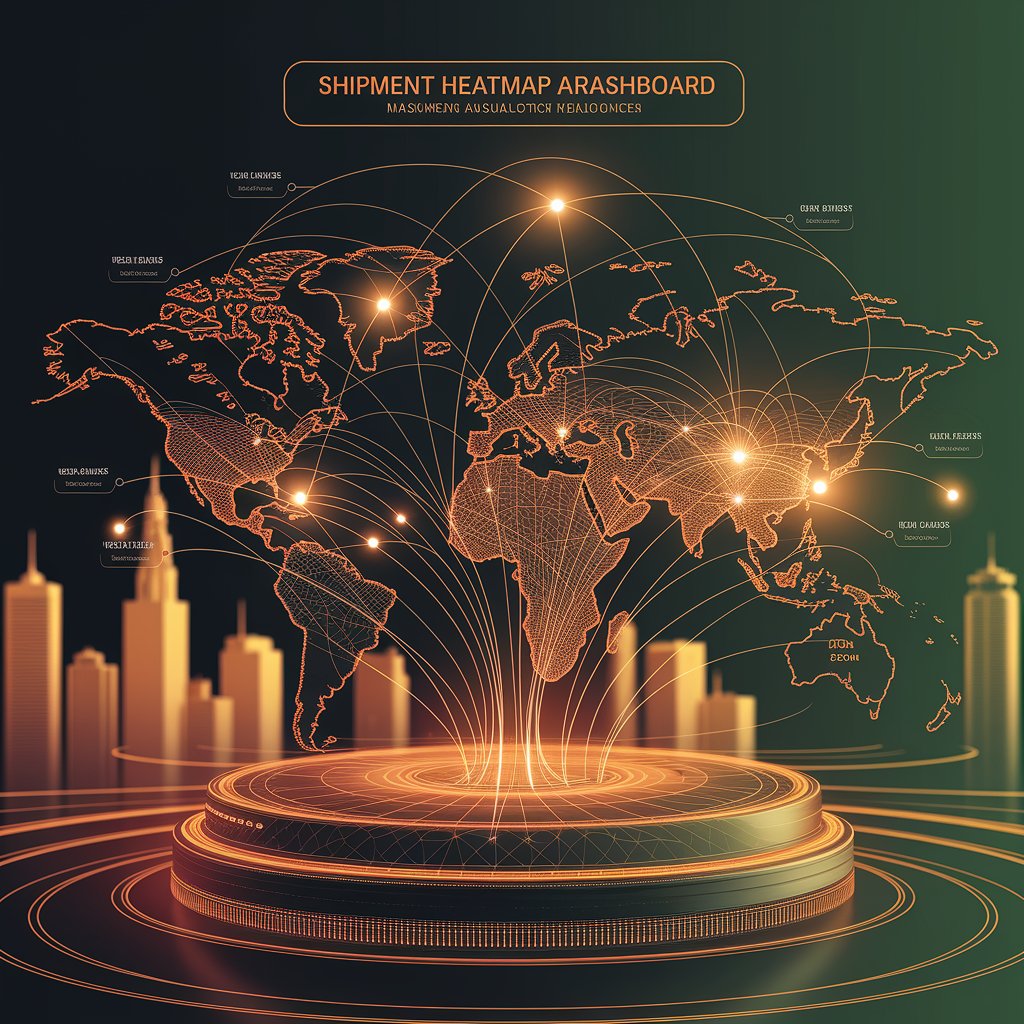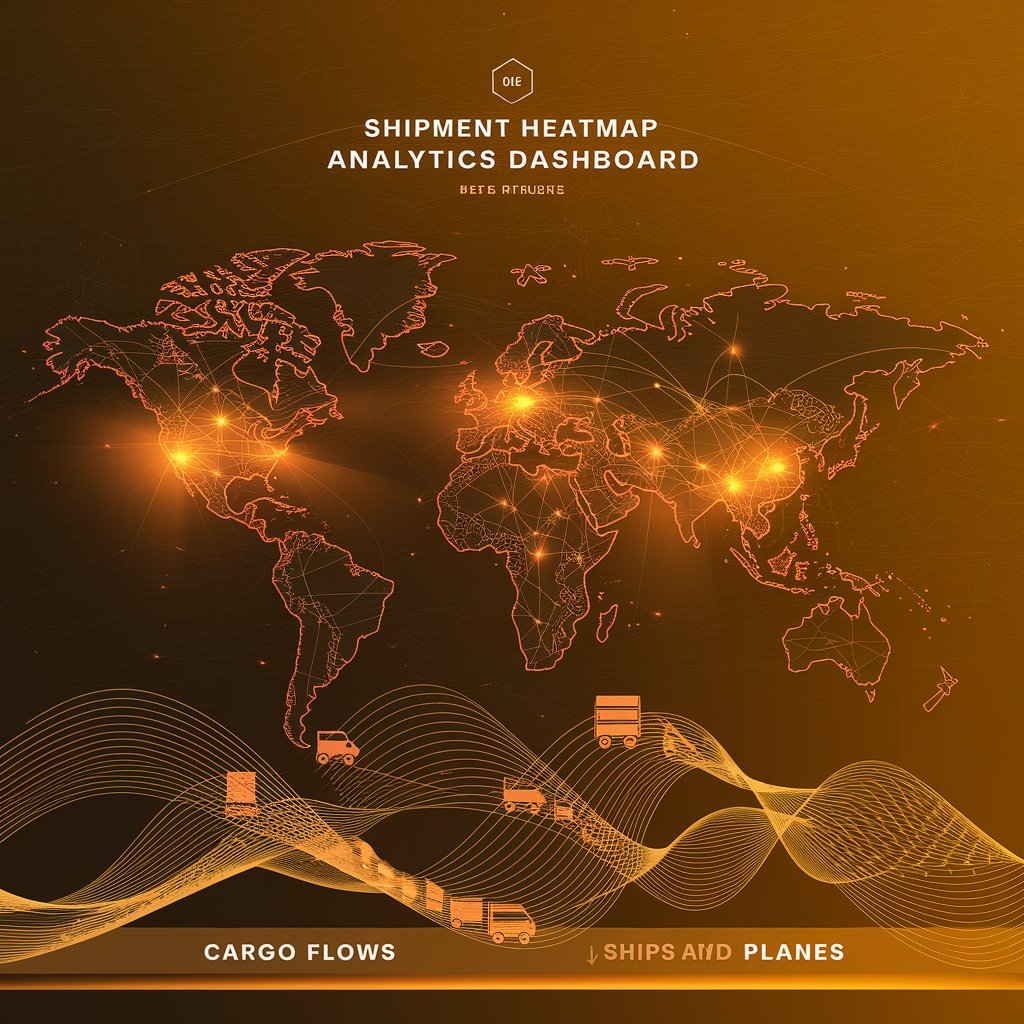Shipment Heatmap Analytics: Unlocking Smarter Freight Visibility

Introduction
By transforming complex data into visual, color-coded maps, logistics providers can instantly see performance trends, identify problem areas, and make data-driven decisions. Heatmaps are becoming an essential tool for freight forwarders, carriers, and supply chain managers to improve efficiency and customer satisfaction.
What Is Shipment Heatmap Analytics?
Shipment heatmap analytics is the use of data visualization techniques to display logistics metrics in an easy-to-interpret map format. Instead of combing through spreadsheets or dashboards, managers can quickly identify:
- Areas with frequent delays
- High-cost shipping lanes
- Warehouses under or over capacity
- Regions with recurring damage or claims
This approach helps logistics teams focus on what matters most—solving problems proactively.

Key Features of Shipment Heatmap Analytics
- Real-Time Visualization: View active shipments and status instantly.
- Geographic Heatmaps: Identify regional trends in delays, costs, or performance.
- Performance Metrics: Map KPIs like on-time delivery, claims, or transit times.
- Custom Filters: Focus on carriers, routes, or customer-specific shipments.
- Predictive Insights: Use AI to highlight risks before they occur.
Benefits for Supply Chains
Implementing shipment heatmap analytics offers several advantages:
- Faster Problem-Solving: Identify and address bottlenecks instantly.
- Cost Control: Pinpoint high-cost lanes and optimize pricing.
- Customer Transparency: Share visual reports with clients for trust and clarity.
- Efficiency Gains: Reduce manual analysis and improve resource allocation.
- Smarter Decisions: Move from reactive tracking to proactive management.

Real-World Applications
- Freight Forwarders: Monitor carrier performance across global routes.
- E-commerce Logistics: Visualize delivery times by region for better planning.
- Cold Chain Operators: Detect hotspots of temperature excursions.
- 3PL Providers: Provide clients with transparent, visual shipment reports.
The Future of Shipment Heatmap Analytics
As AI and IoT expand, shipment heatmaps will evolve into predictive command centers. Instead of only showing current performance, they will forecast risks like congestion, fuel surges, or compliance issues—helping logistics providers make proactive, automated decisions.

Conclusion
Shipment heatmap analytics transforms raw logistics data into powerful visual insights. By enabling faster problem-solving, cost optimization, and proactive risk management, it empowers logistics providers to deliver higher efficiency and transparency. In a data-driven world, shipment heatmap analytics is the key to unlocking smarter, more competitive supply chains.
